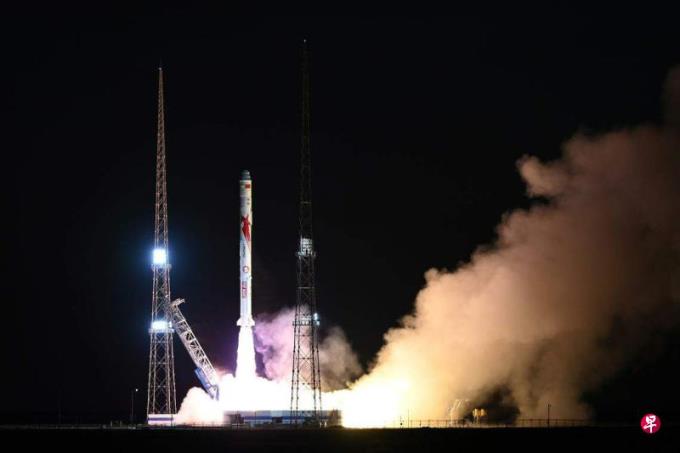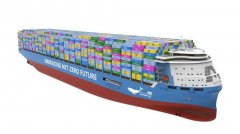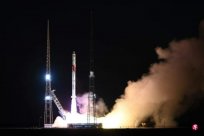
(Beijing Comprehensive News) The Suzaku No. 2 Launar Rockets developed by Chinese private enterprises Blue Arrow Aerospace successfully sent three satellites into the track on Saturday (December 9).This is a milestone for the company's carrier rocket to verify that the carrier rockets of liquid oxygenum oxygenum are ready for commercial launch.
According to Reuters, methane is considered to help reduce costs and support reusable rockets in a cleaner and effective way.This successful launch may boost investors' confidence in methane as potential rocket fuel.
In the industry, when the industry tries to replace the Satellite network system of SPACEX in the United States Space Exploration Technology Co., Ltd., a number of Chinese space private enterprises in China have been queuing for experiments or commercial launch to meet the expanding demand of the commercial aerospace industry in China.Blue Arrow Aerospace said earlier this year that the company plans to launch three times in 2024, double each year, and will be launched 12 times by 2026.
According to Xinhua News Agency, Suzaku No. 2 Yaoxi Launar Rockets will be sent to the scheduled track smoothly on Saturday, the Hongye satellite, Tianyi 33 satellite and Hongye 2 satellite.
This mission is the third flight of Suzaku No. 2 Laule Rockets.After the first launch of Suzaku No. 2 in December last year, it successfully lifted off during the second launch on July 12 this year, becoming the world's first liquid oxygen methane rocket.The successful launch marks that Suzaku II, as China's first continuous launch, has successfully launched a successful civilian liquid carrier rocket, and its reliability meets the demand for commercial launch delivery.
Caixin.com quoted Zhang Changwu, the founder and CEO of Blue Arrow Aerospace, said that in the next five years, the selection of all commercial rocket pusher in China and even the world will be liquid oxygen methane."No matter how everyone starts, it will eventually go to a field such as liquid oxygen methane, otherwise it will not go to the future."
SPACEX's "Star Ship" heavy -duty carrier rocket system, which is the liquid oxygne methane rocket with full flow, is technically a leading position.When the Star Ship Rockets tested for the second time on November 18, the Rockets were separated from the two levels, but eventually lost contact and exploded by self -destruction due to faults.
The same is the liquid oxygen methane rocket. The Suzaku No. 2 engine is a gas generator cycle, and there is still a gap with the star ship. Zhang Changwu admits: "We have always believed that the gap between Chinese commercial aerospace and SpaceX has been in 10 years.We can slowly shorten, but SpaceX will not stop waiting for us. "
In addition to the blue arrow aerospace, other Chinese private space companies also plan to launch tasks in the near future.Oriental Space will launch solid fuel rocket Gravity No. 1 (Gravity-1) for the first time in December.Deep Blue Aerospace is developing a recyclable kerosene fuel rocket, and it is planned to complete the test of the nebula 1 commercial carrier rocket to the track and recycling for the first time next year.



